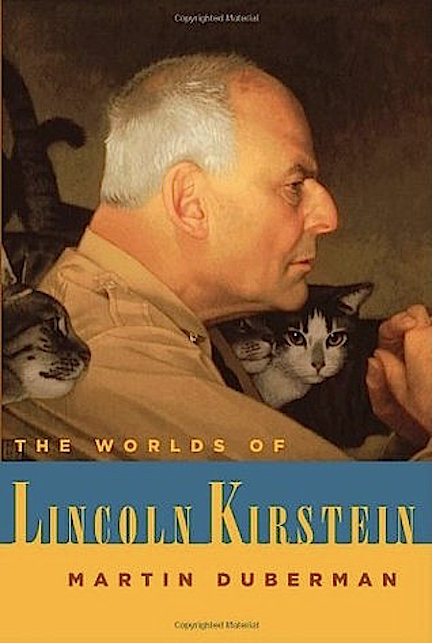In Part I of this essay, published in the January-February 2017 issue of this magazine, I described the recent discovery of a large amount of new archival material on Lincoln Kirstein, America’s “cultural czar” for much of the 20th century. The material is now housed in two manuscript depositories, the Houghton Library at Harvard and the Ransom Center at the University of Texas. Both collections, which consist primarily of previously unknown correspondence, are open to researchers. While the new material doesn’t fundamentally change the portrait I offered in my 2007 biography, The Worlds of Lincoln Kirstein, it does deepen and enrich our understanding of the multiple worlds that this extraordinary man inhabited and the remarkable circle of people with whom he came into contact.
Part I focused primarily on how the new material augments our understanding of Kirstein’s relationship with George Balanchine and their cofounding of the New York City Ballet Company in 1933. In Part II, I widen the lens to discuss Kirstein’s circle of prominent gay artists.
WE BEGIN our story with Lincoln’s sister Mina, ten years his senior. In the early 1920s, when Lincoln was a teenager, Mina was on leave from her teaching post at Smith College and sharing a small 18th-century house in London with an ex-student, Henrietta Bingham, daughter of Robert Worth Bingham, owner of the Louisville Courier-Journal and future ambassador to the Court of St. James. Henrietta had been in one of Mina’s first classes at Smith, and the two women, only a few years apart in age, had fallen in love and decided to travel together in Europe.*








